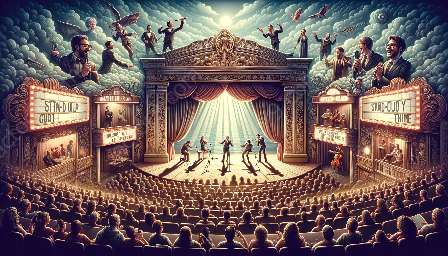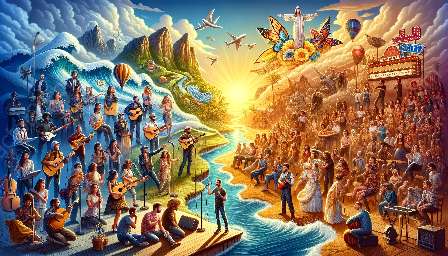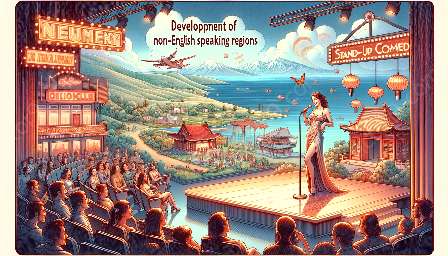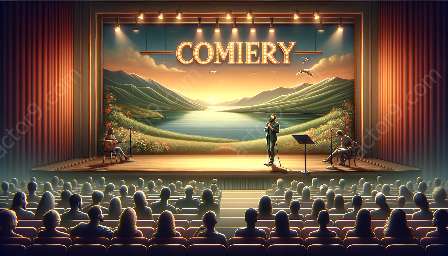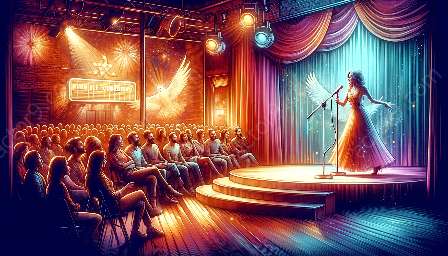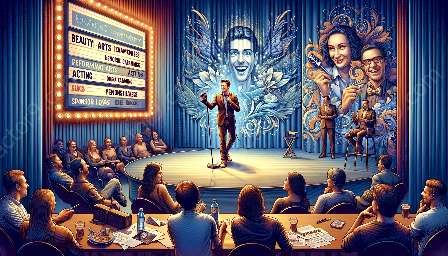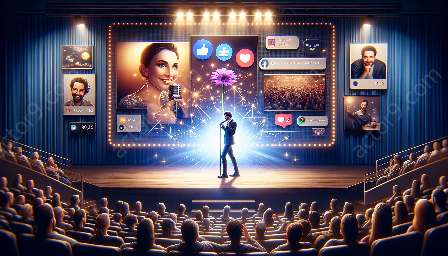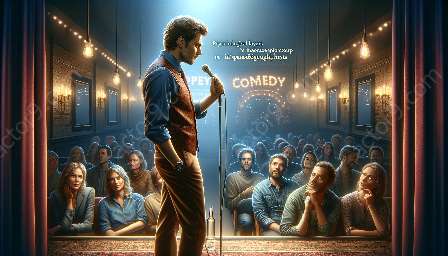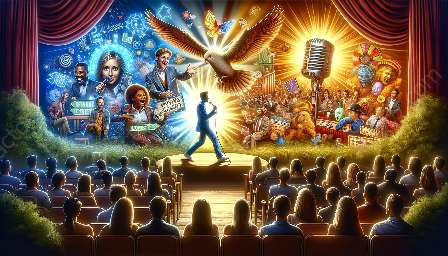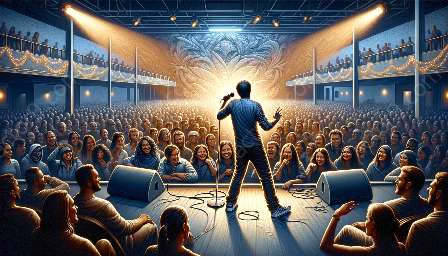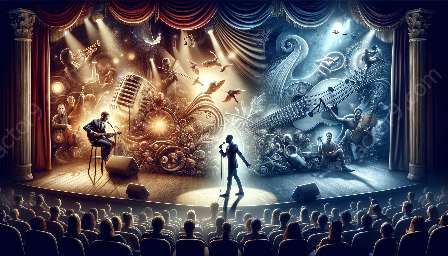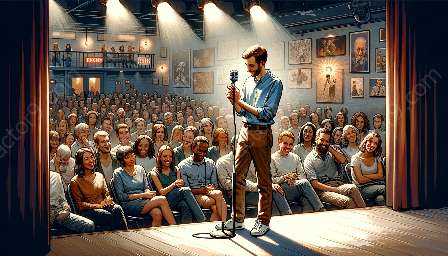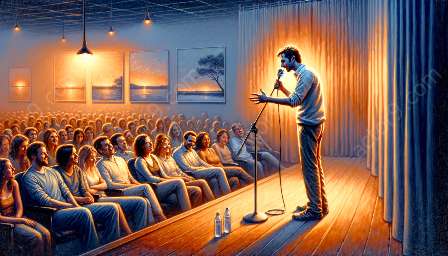Technology has played a significant role in shaping the evolution of comedic storytelling, particularly in the realms of stand-up comedy and traditional narrative storytelling. From the advent of digital media to the rise of social networking platforms, the landscape of comedic storytelling has been transformed by technological advancements, leading to new forms of creative expression and audience engagement.
The Impact of Digital Media on Stand-Up Comedy
Stand-up comedy has seen a remarkable shift in its reach and influence with the proliferation of digital media. Now, comedians can connect with global audiences through online platforms, reaching viewers who may not have had access to live performances. Social networking sites and video streaming platforms have provided comedians with unprecedented platforms for showcasing their talent and building a loyal fan base.
Moreover, the accessibility of digital media has allowed comedians to experiment with new formats and distribution channels, from producing web series to creating viral memes and videos that can quickly capture the public's attention. This shift has empowered comedians to bypass traditional gatekeepers and directly engage with their audience, shaping the content and style of comedic storytelling in profound ways.
Technology's Influence on Traditional Storytelling Methods
While stand-up comedy has been directly impacted by digital media, traditional storytelling methods have also experienced a significant transformation. The widespread availability of online platforms has provided storytellers with diverse avenues to share their narratives, utilizing multimedia elements such as audio recordings, animations, and interactive experiences to captivate audiences.
Furthermore, the tools offered by technology have expanded the creative possibilities for storytellers, enabling them to incorporate visual effects, sound design, and interactive elements into their performances. These advancements have paved the way for a more immersive and engaging storytelling experience, leveraging technology to create compelling narratives that resonate with contemporary audiences.
Embracing Live Streaming and Virtual Performances
One of the most impactful developments in comedic storytelling has been the integration of live streaming and virtual performances. With the evolution of live streaming technology, comedians have the opportunity to perform in real-time to global audiences, transcending geographical barriers and reaching diverse demographics.
Virtual performances have not only expanded the reach of comedic storytelling but have also introduced innovative ways to interact with audiences. Through chat features, live polls, and virtual Q&A sessions, comedians can directly engage with viewers, fostering a sense of community and interactivity that was previously limited to in-person performances.
The Rise of Augmented Reality (AR) and Immersive Experiences
Augmented reality (AR) and immersive experiences have redefined the possibilities of comedic storytelling by merging technology with live performances. Comedians are leveraging AR technology to create interactive and visually captivating experiences that blur the lines between the physical and digital worlds.
By incorporating AR elements into their performances, comedians can transport audiences into surreal and whimsical environments, enhancing the comedic narrative with playful visual effects and interactive elements. This integration of technology has expanded the creative canvas for comedic storytelling, offering new avenues for imaginative expression and audience engagement.
Conclusion
Technology has undeniably transformed the landscape of comedic storytelling, influencing the content, delivery, and audience interactions in both stand-up comedy and traditional storytelling. As digital media continues to evolve and new technologies emerge, comedians and storytellers will undoubtedly embrace these advancements, shaping the future of comedic storytelling and pushing the boundaries of creative expression.


